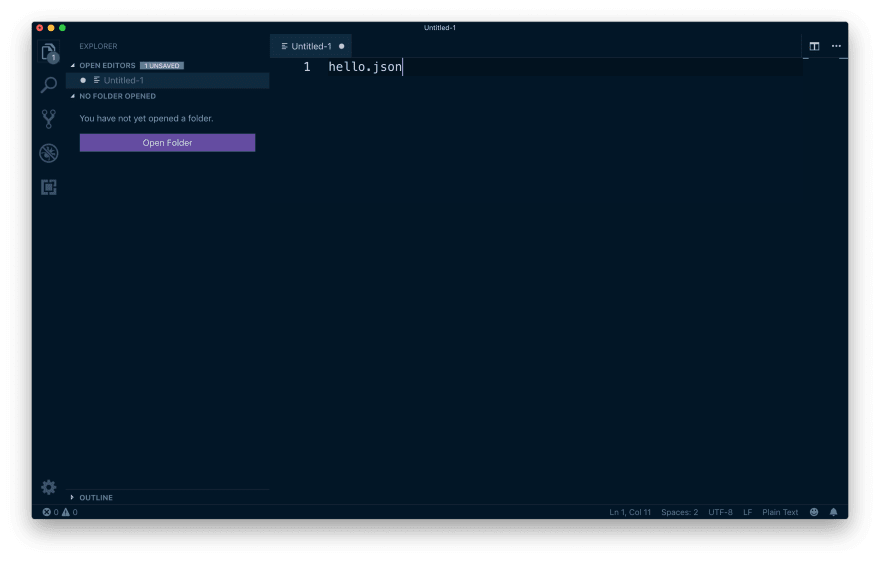An Interest In:
Web News this Week
- March 21, 2024
- March 20, 2024
- March 19, 2024
- March 18, 2024
- March 17, 2024
- March 16, 2024
- March 15, 2024
How to Create Code Profiles in VSCode
This post piggybacks off of the work done by @avanslaars who is a fellow instructor at egghead.io. He shared this in the egghead Slack sometime ago and I never got around to setting this up myself.
Now, I'm setting up a new laptop and decided to give it shot. Following Andy's repo here, I'm going to walk you through the process so you can follow along.
1. Create a code_profiles directory
The first thing we need to do is create a place to store our "profile settings". It doesn't have to be called code_profiles, but we're going to use that term since Andy does and it sounds nice.
He keeps his at the root of his computer so we'll do the same:
# From the root of your computer ~/mkdir code_profilesAfter your done, cd into that directory:
cd code_profiles2. Create your first profile
Since I'm going to be using this for egghead recordings, I'm going to create a new directory called egghead:
# mkdir name-of-profilemkdir eggheadThen cd into that directory:
cd egghead3. Add your settings.json
VSCode is expecting a data directory with a User subdirectory. In there, we'll place our settings:
# -p will create parent directories as neededmkdir -p data/UserAfter those are created, change into that new User subdirectory and create your settings.json file:
# Go into that directorycd data/User# Create your settings filetouch settings.jsonThen open up your settings.json file and add in your settings. I'll add a modified version of what Andy has in his:
{ "editor.tabSize": 2, "editor.quickSuggestions": false, "editor.parameterHints": false, "editor.suggestOnTriggerCharacters": false, "editor.hover": false, "editor.fontSize": 18, "editor.tabCompletion": true, "window.zoomLevel": 1, "workbench.colorTheme": "Night Owl", "editor.cursorBlinking": "solid", "editor.cursorStyle": "line", "editor.minimap.renderCharacters": false, "terminal.integrated.fontSize": 16, "explorer.openEditors.visible": 0}4. Test your new code profile
Now let's make sure we did everything right. Assuming you've already set up VSCode to [launch from the command line](https://code.visualstudio.com/docs/setup/mac#_launching-from-the-command-line, we can launch our new profile by running:
# replace CODE_PROFILE_NAME with the profile name used earliercode --user-data-dir ~/code_profiles/CODE_PROFILE_NAME/dataAnd if it worked, you should see VSCode open with your settings:
5. Create an alias for your profile.
I don't know about you, but I don't want to have to remember code --user-data-dir ... so let's take Andy's advice and create an alias.
I'm using zsh so I'm going to add this alias to my .zshrc file like so using the keyword "teach":
# replace CODE_PROFILE_NAME with the profile name used earlieralias teach="code --user-data-dir ~/code_profiles/CODE_PROFILE_NAME/data"Now, when you want to use this code profile, all you have to do is type:
teach ~/projects/lessonWoohoo! And that's it.
Special thanks to @avanslaars for sharing this. Here's a link to his code_profiles repo where I learned how to do this.
Original Link: https://dev.to/jsjoeio/how-to-create-code-profiles-in-vscode-3ofo
Dev To
 An online community for sharing and discovering great ideas, having debates, and making friends
An online community for sharing and discovering great ideas, having debates, and making friendsMore About this Source Visit Dev To

